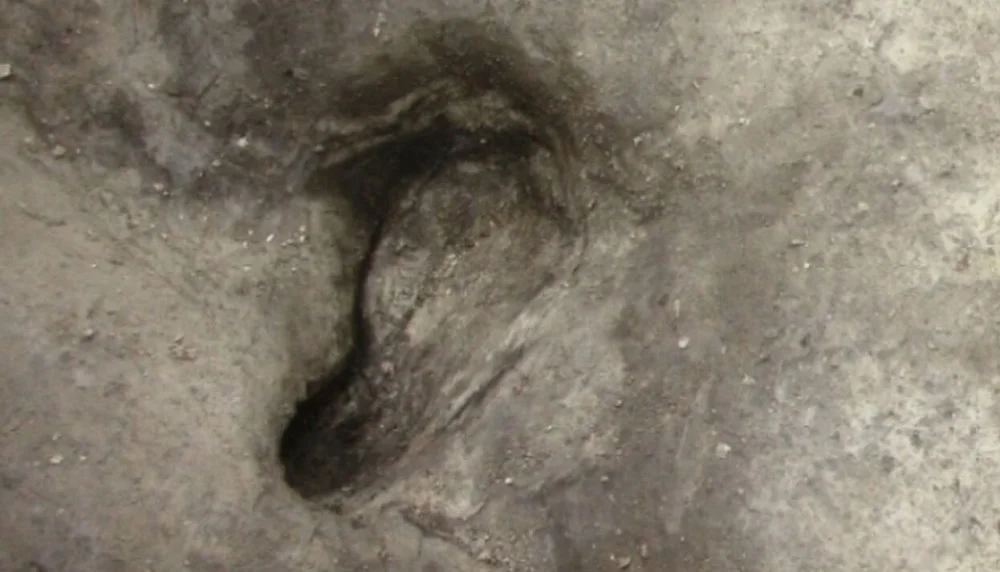In a study published today in the journal Quaternary Science ReviewsAn international research team led by scientists from the University of Tübingen and the Senckenberg Center for Human Evolution and Paleoenvironments presents the earliest known human footprints in Germany. The traces were found in the nearly 300,000-year-old Schöningen Paleolithic complex in Lower Saxony. The tracks, possibly Homo heidelbergensis, are surrounded by several animal tracks – together they represent a picture of the ecosystem of the time.
A lake several kilometers long and several hundred meters wide is located in an open birch-pine forest covered with grass. Herds of elephants, rhinos, and even-toed ungulates gather on its muddy shores to drink or bathe. In the middle of this landscape stands a small family of “Heidelberg people”, an already extinct human species.
From the Senckenberg Center for Human Evolution and Paleoenvironments at the University of Tübingen, Dr. “This is what it looked like in Schöningen in Lower Saxony 300,000 years ago,” explains Flavio Altamura, lead author of the newly published study. (SEP). “For the first time, we have conducted a detailed study of trace fossils from two sites in Schöningen.
“These tracks, together with information from sedimentological, archaeological, paleontological and paleobotanical analyzes, enable us to understand the paleoenvironment and the mammals that once lived in this area. Among the footprints are three tracks that match a hominin – about 300,000 years old, they are the largest known in Germany. traces of ancient humans and most likely left by Homo heidelbergensis.”
The scientists attribute two of the three human footprints in Schöningen to a small group of mixed age teenagers who used the lake and its resources. “There were plants, fruits, leaves, shoots and mushrooms around the lake according to the season. Our findings confirm that an extinct human species lived on the banks of a lake or river with shallow waters. It is also known from other periods of the Lower and Middle Pleistocene. sites with hominid traces,” says Altamura.
According to the research, the various trails in Schöningen offer a snapshot of daily family life and can provide information about the behavior and social composition of hominid groups, as well as spatial interaction and coexistence with herds of elephants and other small mammals. “According to the tracks, which included children and teenagers, it was probably a family trip, not a group of adult hunters,” says the archaeologist and trace fossilist.
In addition to human tracks, the team also analyzed a number of elephant tracks attributable to the extinct species Palaeoloxodon antiquus, the largest land animal at the time, a spur-toothed elephant whose adult bulls weighed up to 13 tons.
“The elephant tracks we found in Schöningen are impressive 55 centimeters long. In some cases, we also found wood chips in the fingerprints of animals – which were still soft at the time – into the ground,” explains Dr. Serangeli, head of the Schöningen excavation. “There is also a rhino track – Stephanorhinus kirchbergensis or Stephanorhinus hemitoechus – the first trace of any of these Pleistocene species found in Europe.”
Source: Port Altele
